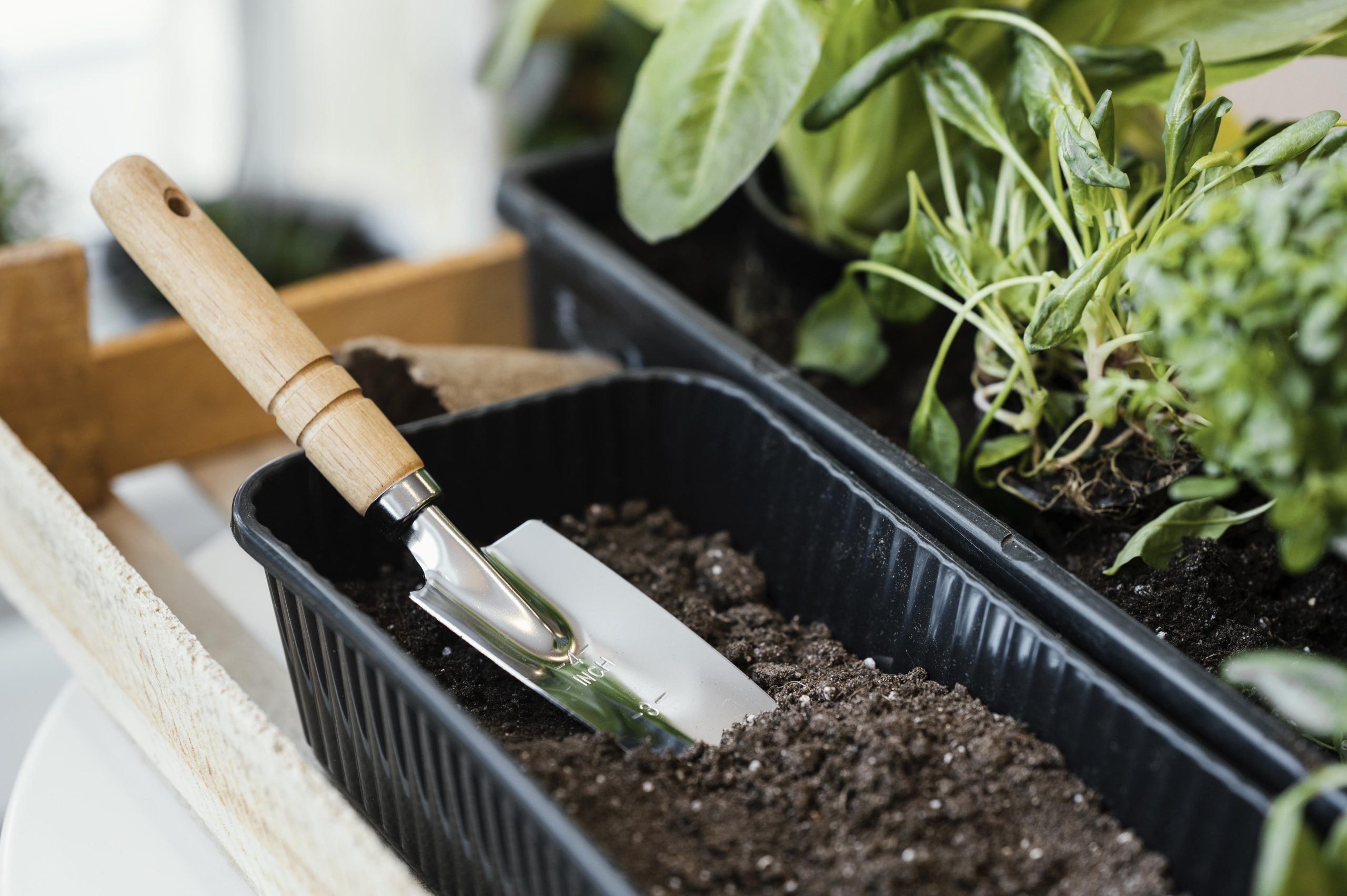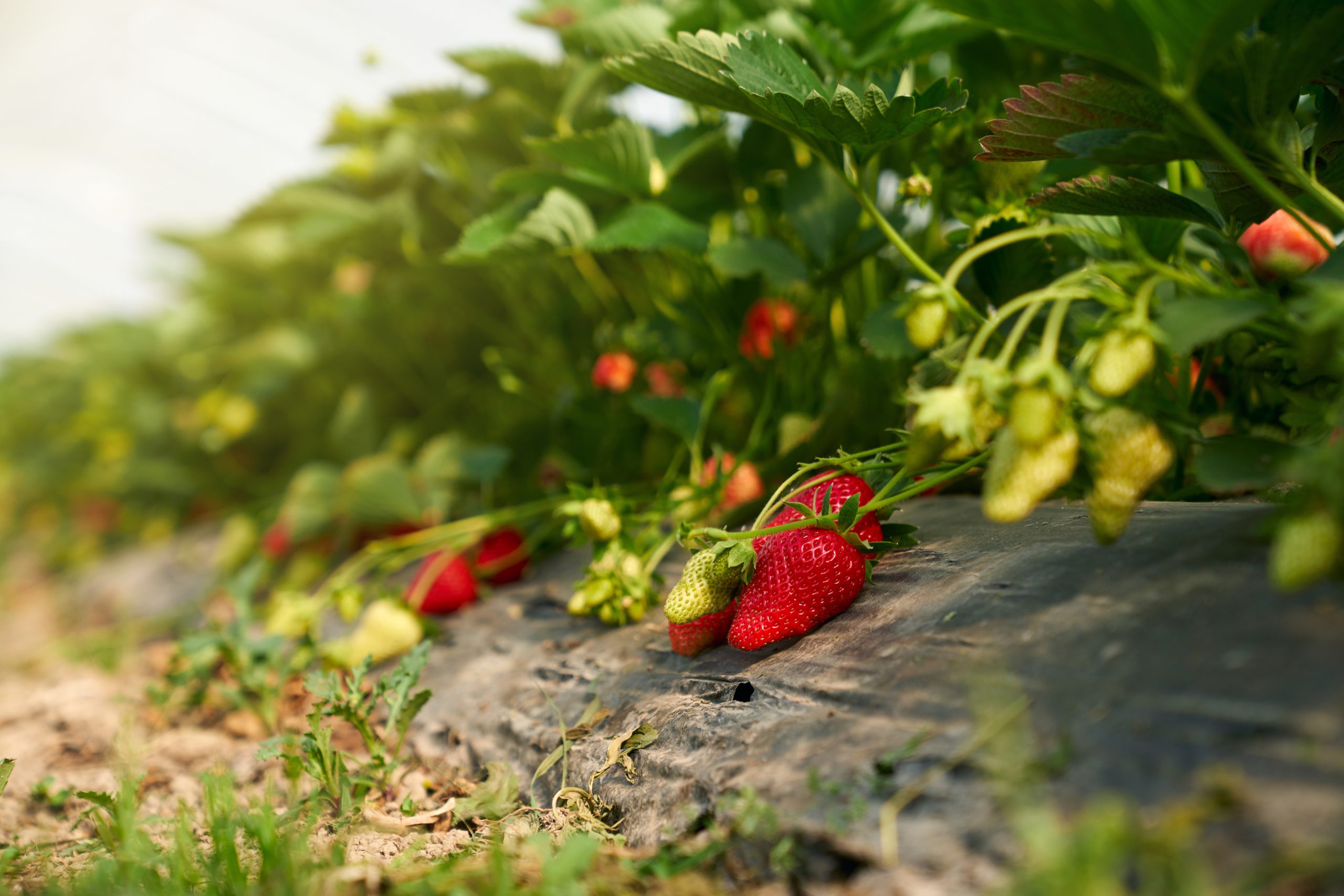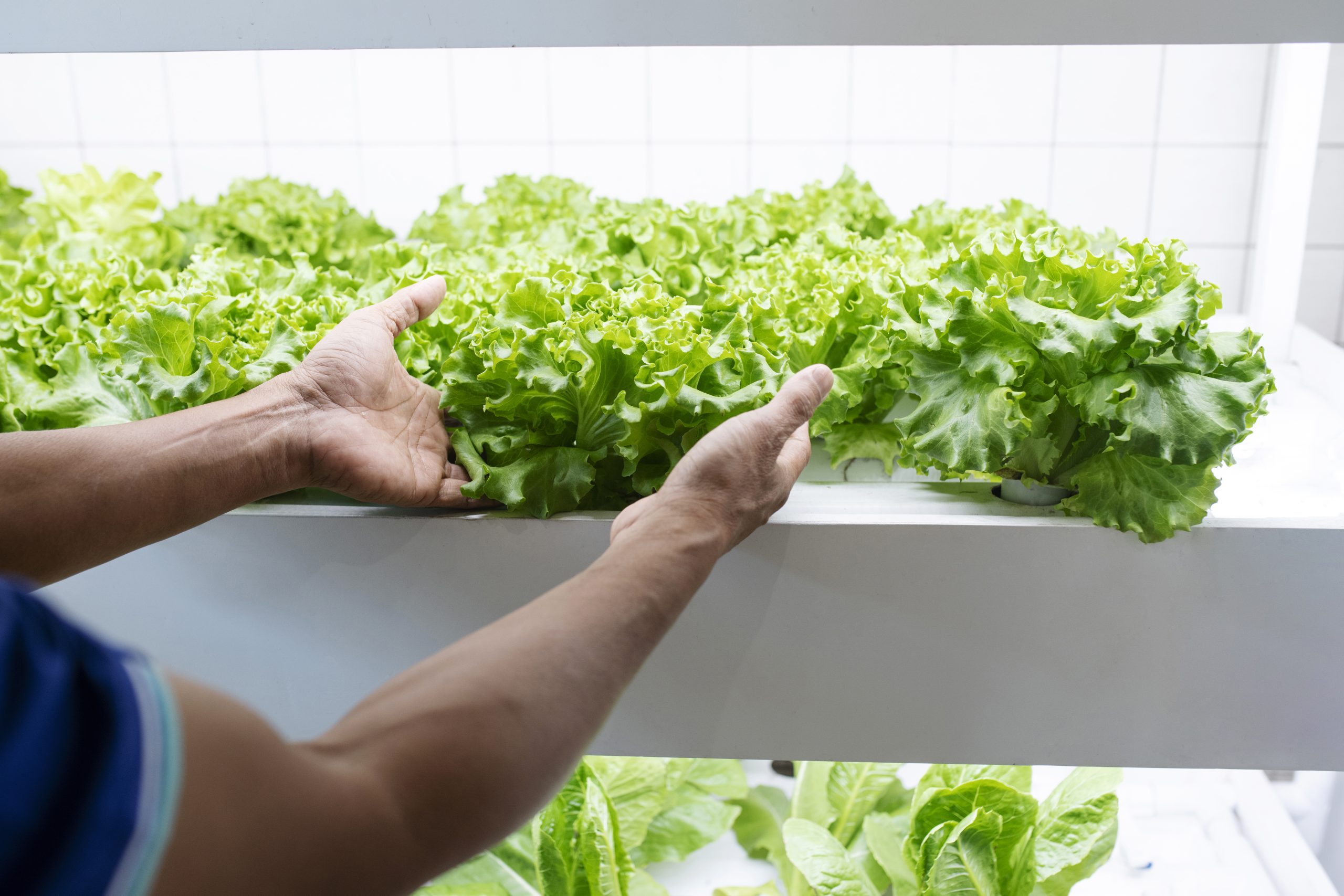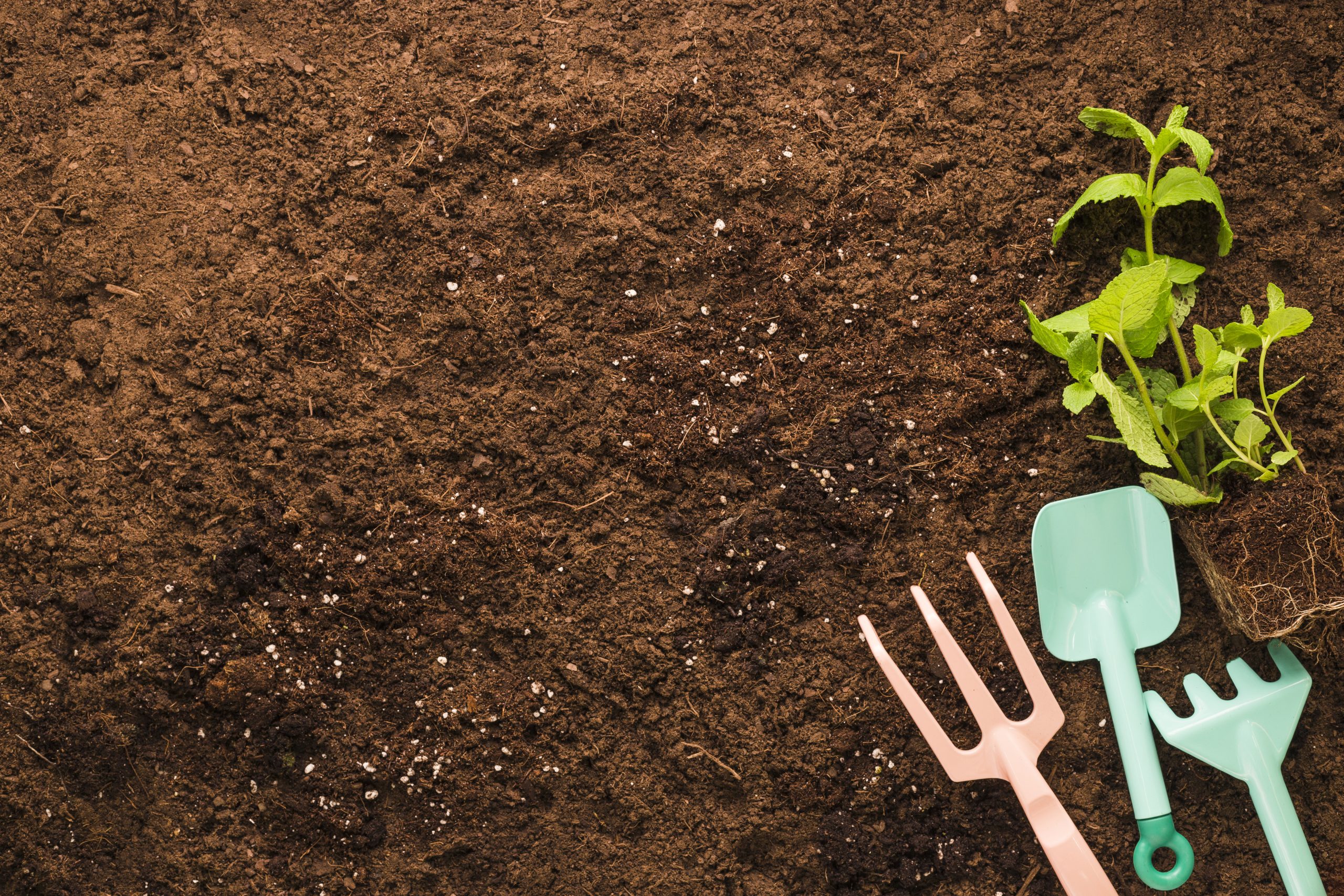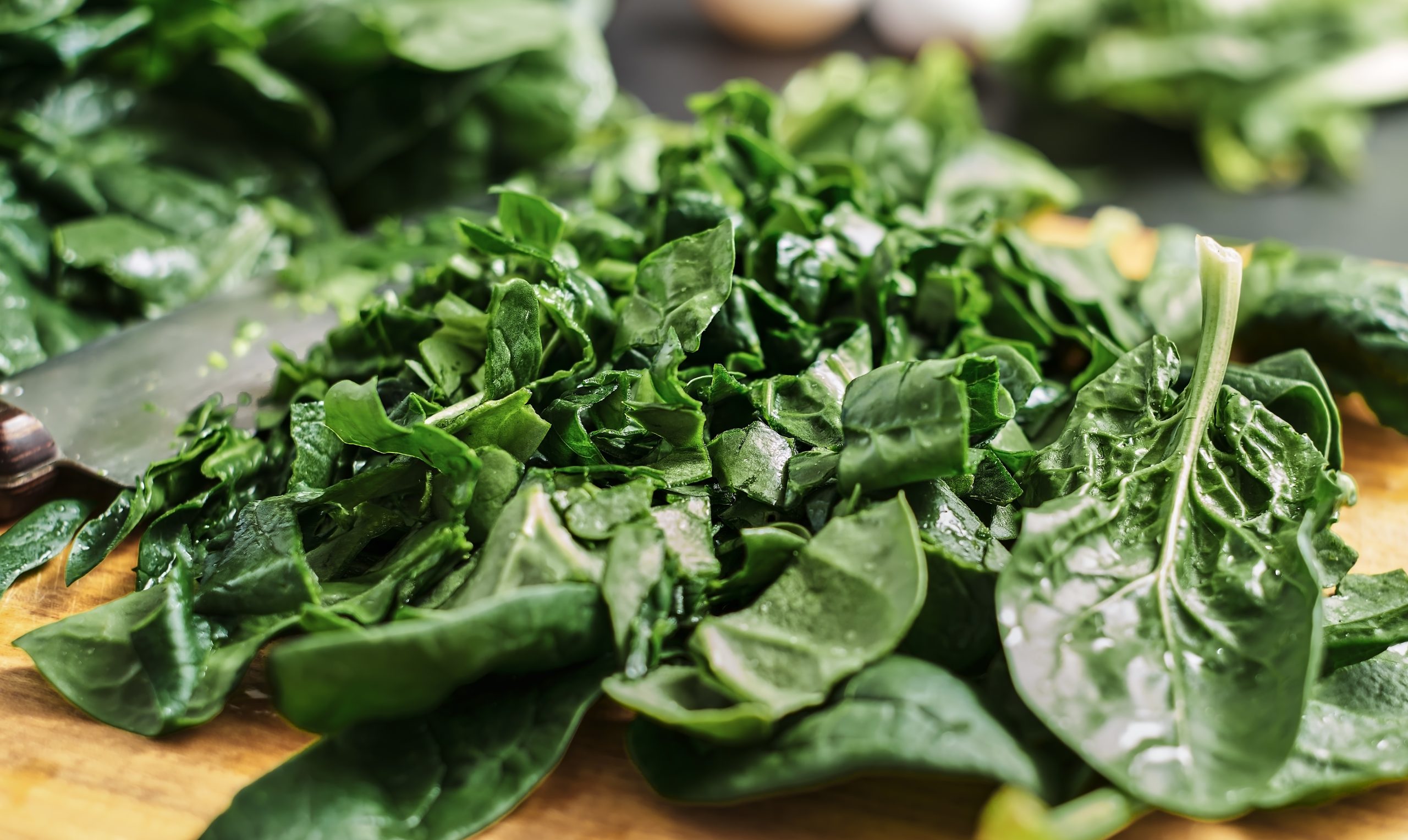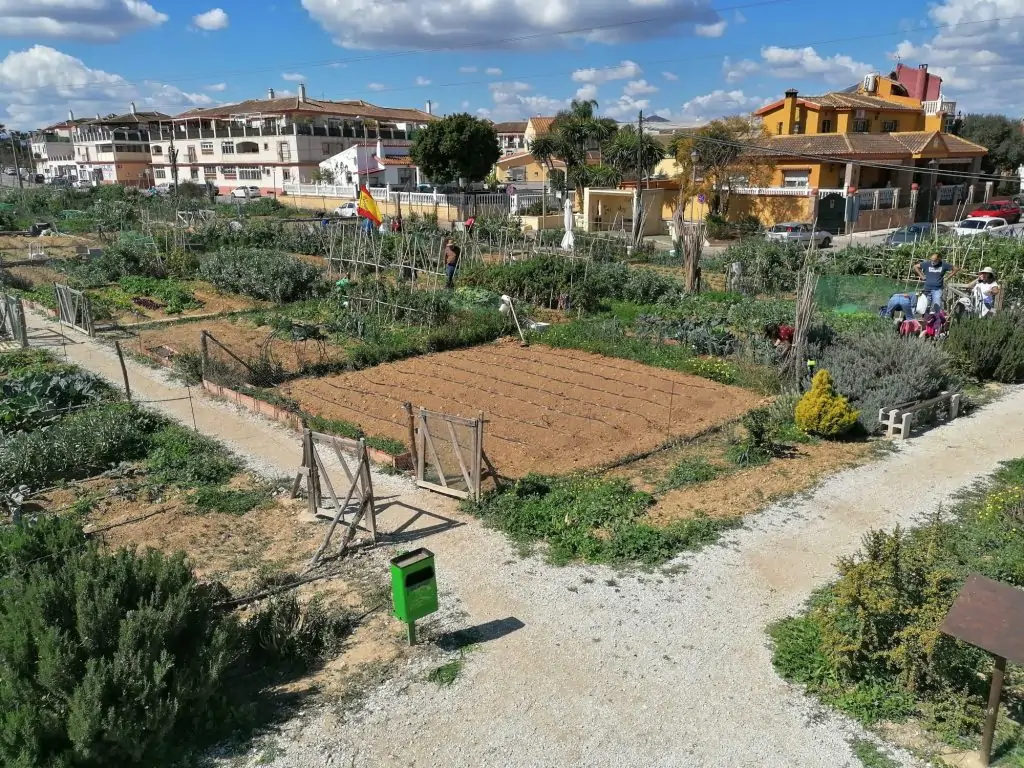How to plant broad beans?
Sept. 28, 2023
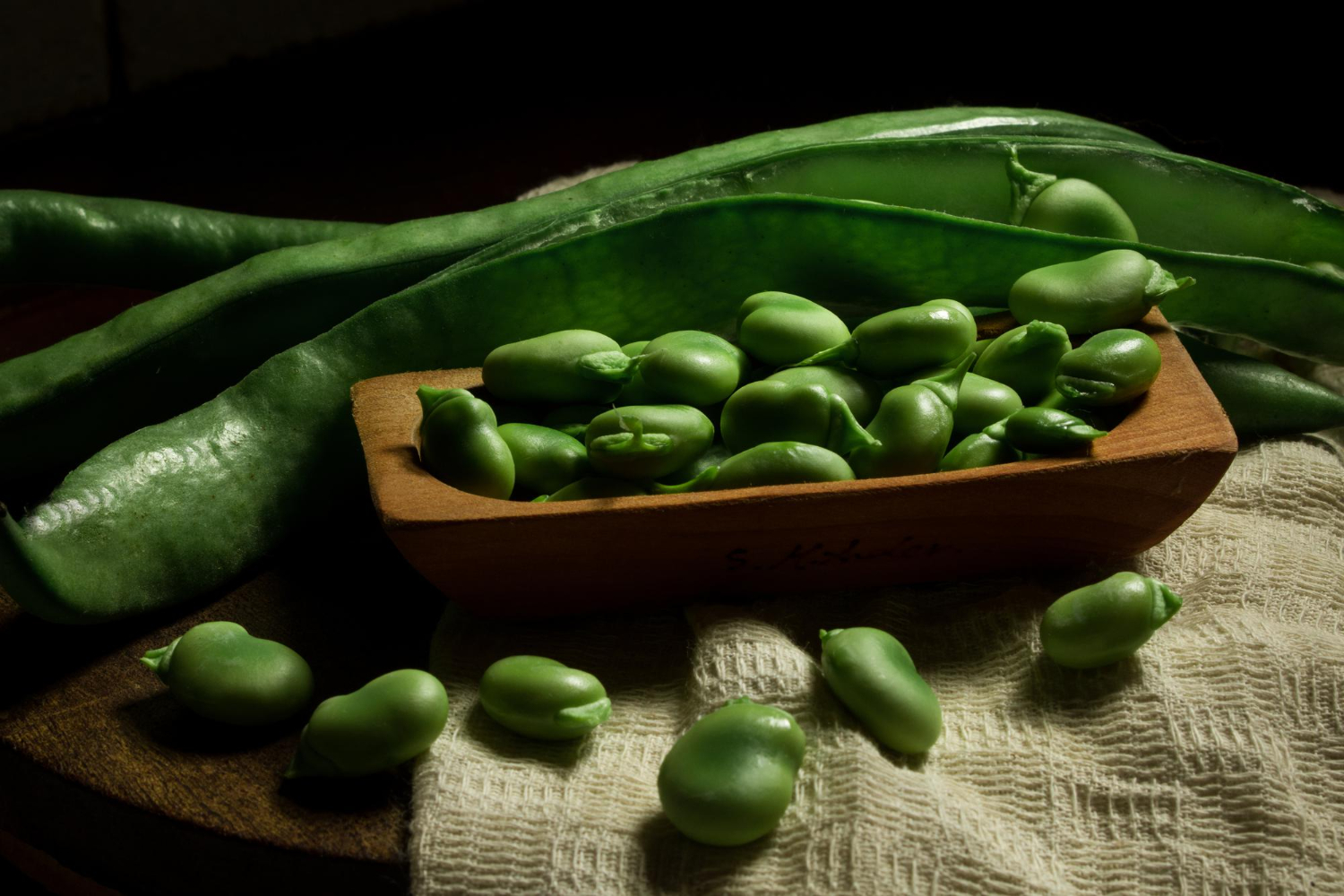
As we saw in the last post, what to plant in September, we are now going to focus on the most popular vegetables to sow in autumn that you will love to enjoy.
This post is going to be dedicated to how to sow broad beans, which is a relatively easy crop to start with in your rented urban garden and the curiosities surrounding this marvellous legume from the Middle East.
Broad beans are a source of vegetable protein of the highest quality, and without providing hardly any carbohydrates or fats, they have an extraordinary satiating capacity. For cooking, either the pods (as beans) or the beans can be used.
In our Levante area there is a famous dish called "Las habas hervidas" (boiled broad beans) cooked with laurel and ham, which my grandmother used to cook and which was a real delicacy.
Well, let's get down to business:
Publish your garden for free today
What should our land be like for sowing broad beans?
The soil should be clayey and fertilised with a highly decomposed compost. It should not be too heavily fertilised, as the bean itself generates nitrogen, which would be too much for the plant.
When can beans be sown?
In autumn, from October to December.
¿Qué es lo que más valoran los horticultores?
With dry seeds, if we don't have them, we can choose varieties such as Muchamiel extratemprana and, with your first harvest, you will be able to save your first seeds.
As the seeds are very dry, they should be soaked for 24 hours beforehand, as this makes it easier for them to take hold.
What method can I use to prepare the beds?
We can for example use 2 types:
- Sowing under black plastic: we make a wide ridge and make a furrow in the centre, which is where the water will remain, and cover it with the black plastic where we have previously made holes approximately every 30 cm.
Place 2 to 3 seeds per hole at a depth of 4-5 cm and cover.
If the soil is dry, it can be lightly watered and then covered with dry grass to keep it moist.
- Normal sowing, a furrow is made and watered (if the soil is dry) and the seeds are sown in a trickle, about 15 cm apart, ash is added because potassium is good for them and helps to prevent fungal attack. Then hoe up about 5 to 6 cm of soil. And it is all covered with dry grass clippings.
- When they grow to about 20 - 25 cm, they will be trained and a little ridged to support the plant.
- El riego se puede alternar entre inundación y goteo, pero ha de ser somero. Broad beans need short but continuous watering (never waterlogging).
- If you live in a very cold area with frosts of 6 to 8 degrees below zero during the night, it is advisable to cover it with a thermal blanket.
When will I get my harvest?
- After 7 to 10 days they will have germinated and the harvest can be harvested after 60 to 80 days in the form of pods, as if they were beans, so that they can be consumed in stews, for example.
- The complete cultivation until seed maturation takes 6 to 7 months, by spring you will be able to enjoy wonderful beans.
What pest precautions should you take?
- For black aphids, we can use yellow traps and if they are already established, we can spray them with potassium soap or nem oil.
- Pea thrips can also attack in the spring and we will act in the same way as the aphid.
- For fungus prevention, a decoction of horsetail or chamomile can be given by spraying the plant.
Some curiosities:
- When they dry out and you are going to remove them for another planting, leave the root in the soil to nourish it.
- It is advisable to put some stakes at the beginning, as the plant is bulky and the height is also important, from 60 to 80 cm.
- Place the seeds with the black slit facing upwards, as this is where they will germinate.
- Mulching (creating a mound of soil around the plant) at 15-20cm will encourage vigorous growth.
- It complements very well with cabbages and cabbage, which are also of this season.
We hope we have helped you to sow broad beans and enjoy this delicious legume in your garden.
Latest posts
